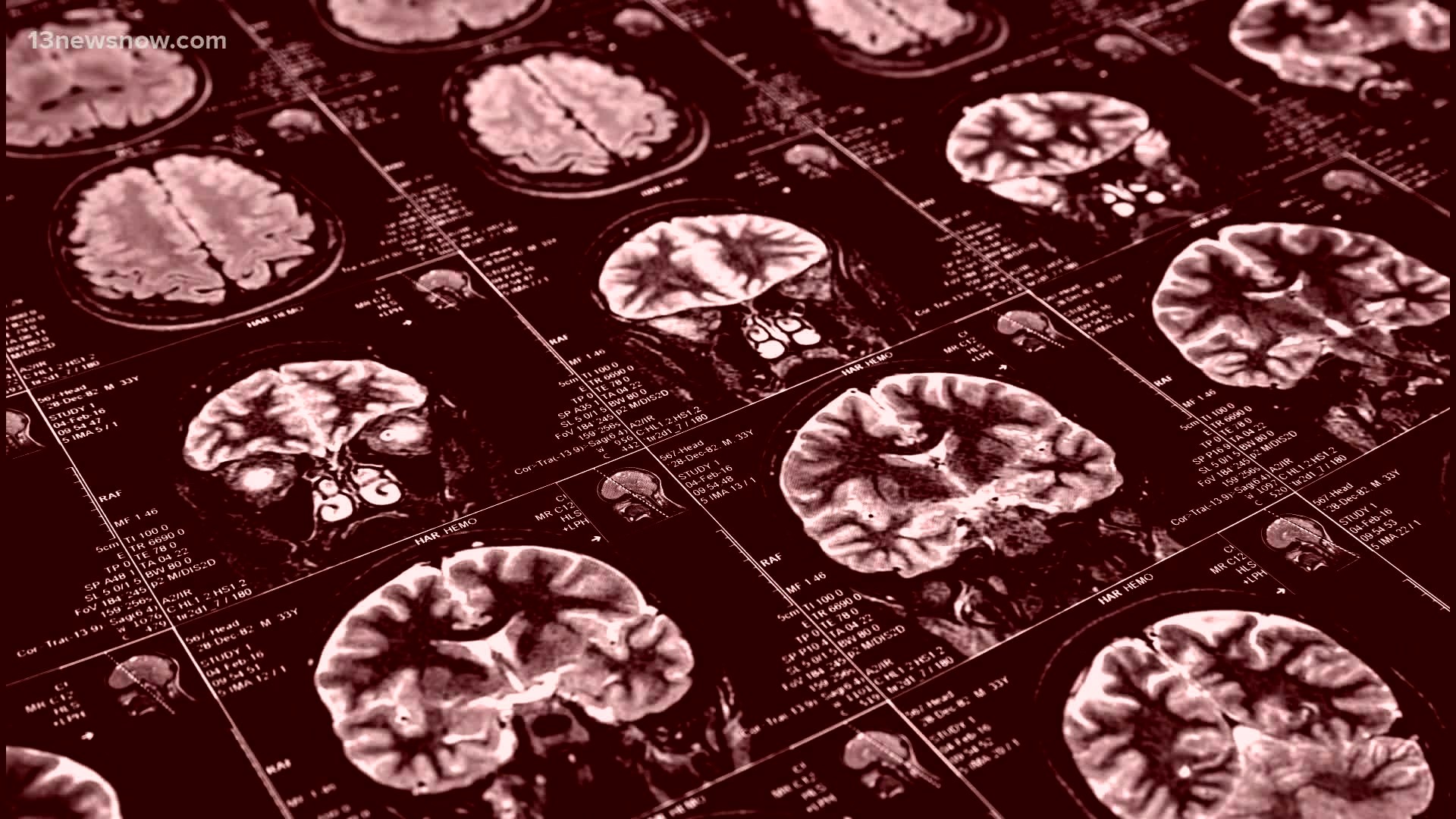CHARLOTTESVILLE, Va. — Author's note: The video above is on file from April 8, 2021.
Researchers at the University of Virginia School of Medicine, with help from researchers at Stanford University, have developed a new way to treat neurological diseases without normally invasive brain surgery.
The new treatment method, which has been successful in lab studies so far, is called PING.
Low-intensity ultrasound waves are used to deliver a neurotoxin to an isolated portion of the brain, which then kills diseased cells without harming healthy ones, according to a release.
“This novel surgical strategy has the potential to supplant existing neurosurgical procedures used for the treatment of neurological disorders that don’t respond to medication,” said researcher Kevin S. Lee, PhD, of UVA’s Departments of Neuroscience and Neurosurgery and the Center for Brain Immunology and Glia. “This unique approach eliminates the diseased brain cells, spares adjacent healthy cells and achieves these outcomes without even having to cut into the scalp.”
PING uses magnetic-resonance imaging to target the needed area, which greatly increased precision in comparison to traditional surgeries.
An application to patent the procedure has been submitted, and it was made possible by several sources of funding, including the National Institutes of Health.
A major disorder in focus that does not always respond to traditional treatment but may show promise with the PING treatment is epilepsy. During their study, researchers found that it reduced or eliminated seizures in two research models.
“Our hope is that the PING strategy will become a key element in the next generation of very precise, noninvasive, neurosurgical approaches to treat major neurological disorders,” Lee said.
An application to patent the procedure has been submitted.

